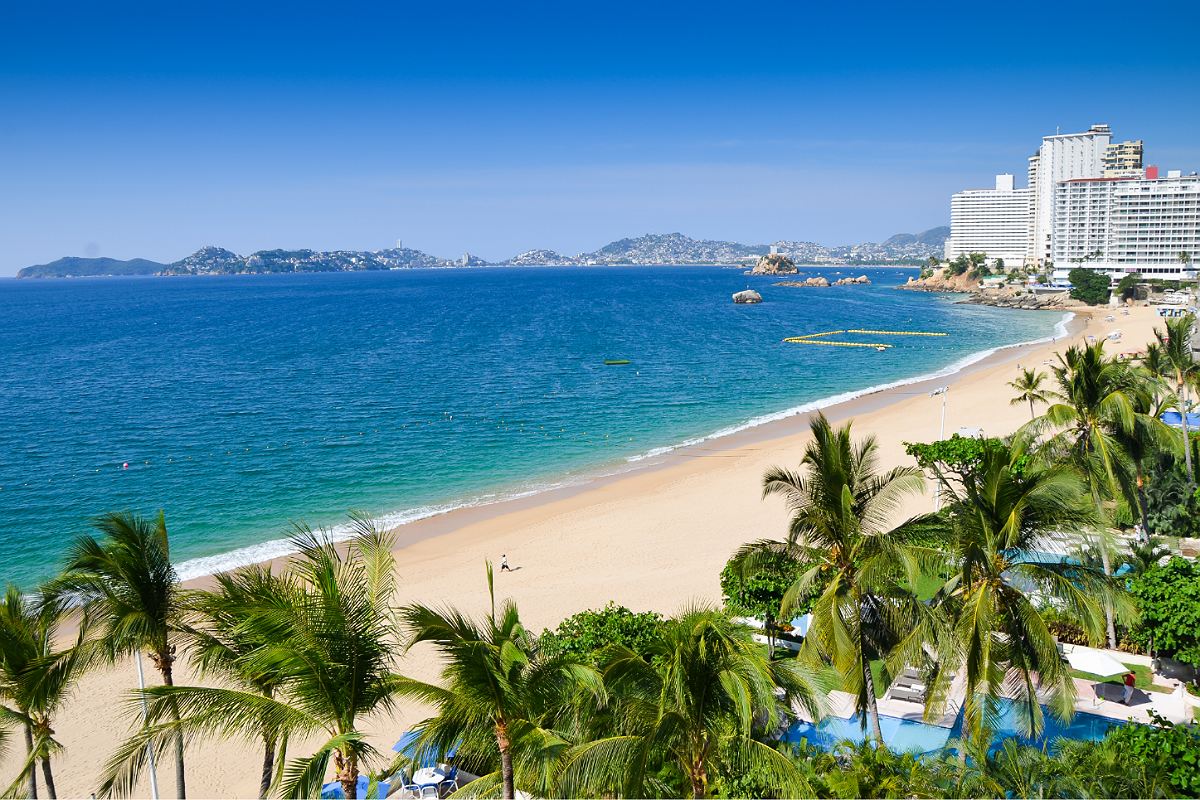[ad_1]
Last Updated
Three beaches in a top resort destination in Mexico have failed cleanliness tests, a story that’s bound to come as a blow to travelers who have plans to visit these areas. Whilst the vast majority of beaches passed the cleanliness guidelines put forth by the World Health Organization (WHO), the three beaches that failed have taken the headlines, and could have an impact on the overall levels of beach tourism in Mexico going forward.

It’s been a troubling few months for the beaches of Mexico, with authorities not only battling hard against the spread of the stinky seaweed sargassum for weeks, but now also having to contend with this latest development. However, there’s no need to go ahead and cancel your travel plans just yet. Here’s everything travelers need to know about the three beaches that failed the WHO’s cleanliness test, plus a look at how the situation regarding the spread of sargassum is at present.

Beaches Fail Cleanliness Tests – Information For Travelers
When it comes to determining the cleanliness of beach water, a range of standard bacterial indicators are used, testing for a range of issues such as E. Coli, fecal matter and enterococci. According to the WHO’s guidelines, beaches must have fewer than 200 enterococcus faecalis – that’s bacteria from a fecal origin – per every 100 milliliters of water. Unfortunately for Mexico, three of its beaches exceeded these limits, making them unsafe for recreational use and potentially jeapordizing the travel plans of many travelers.

The investigation, which was completed by COFEPRIS (the Federal Commission for the Protection against Sanitary Risk), found that the three beaches to exceed the limit were all in the same city, Acapulco – a destination that had recently posted tourist arrivals figures higher than the likes of Cancun and Mexico City. The beaches in question are Manzanillo, Hornos and Suave, and their levels of enterocci were 373, 292 and 241 respectively – figures that put them way above the permitted allowance of 200 needed to vacation there safely.

Last Easter, only one beach was deemed unsafe to visit, yet whilst the situation may appear to be getting worse, that’s not how travelers should see it. Avoiding the three beaches in Acapulco may be a pain for travelers who have already booked to visit that region, however there are plenty of other beaches across the country that are perfectly safe to visit, with an overwhelming majority of Mexican beaches deemed clean enough to enjoy.

A total of 98.96% of the beaches tested by COFEPRIS passed the analysis – meaning travelers really won’t have to go far to find a clean beach. Some destinations proved particularly clean, such as Yutucan and Tamaulipas, whilst the ever-popular destination Quintana Roo – home to Cancun, Playa Del Carmen and Tulum – was also found to have impressively low levels of enterococci on its beaches.

The 10 beaches that had the most bacteria are as follows:
- Manzanillo, Acapulco – 373 enterococci per 100ml water
- Hornos, Acapulco – 292 enterococci per 100ml water
- Mild, Acapulco – 241 enterococci per 100ml water
- Icacos I, Acapulco – 199 enterococci per 100ml water
- Nexpa 1, Aquila Michoacán – 194 enterococci per 100ml water
- Caleta, Acapulco – 193 enterococci per 100ml water
- Yelapa, Jalisco – 181 enterococci per 100ml water
- Tumbao II, Veracruz – 173 enterococci per 100ml water
- El Bosque, Tabasco – 172 enterococci per 100ml water
- Quimixto, Jalisco – 172 enterococci per 100ml water

Unfortunately, fecal matter isn’t the only thing to blight Mexican shores this year. The country has been beseiged by high levels of sargassum – a harmless, yet unsightly and stinky seaweed that has been washing up all over the Caribbean but has landed in Quintana Roo in particularly large volumes. Whilst help in containing the seaweed has come in the shape of an army of hotel workers and the Navy, travelers should brace themselves for its sulphuric stench and aesthetic-damaging properties.

Read More:
Why Montego Bay Is The Trendiest Destination For 2022
Travel Insurance That Covers Covid-19 For 2022
Digital Nomad Scene In Mexico City Exploding In Popularity
↓ Join the community ↓
The Travel Off Path Community FB group has all the latest reopening news, conversations, and Q&A’s happening daily!

SUBSCRIBE TO OUR LATEST POSTS
Enter your email address to subscribe to Travel Off Path’s latest breaking travel news, straight to your inbox
Disclaimer: Current travel rules and restrictions can change without notice. The decision to travel is ultimately your responsibility. Contact your consulate and/or local authorities to confirm your nationality’s entry and/or any changes to travel requirements before traveling. Travel Off Path does not endorse traveling against government advisories
[ad_2]
Source link

Leave a Reply